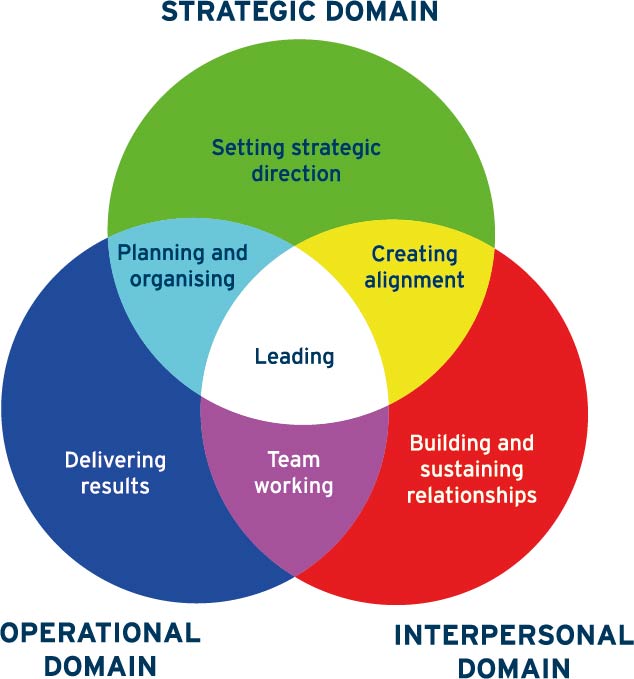Part 1: A leadership coaching journey – Improving working relationships
July 31, 2019
Leadership coaching is one of the key services I offer but it’s not easy to explain what it’s actually like. So over the next couple of months I’m going to tell the story of one person’s coaching journey to try to bring it to life. This is a real client, who has kindly given his permission (thanks “Andrew”). Whilst it reflects his experience, I’ve changed some of the details to maintain his anonymity.
The client
Andrew was the newly appointed MD of a medium-sized IT company employing around 150 people. He had recently taken over from Tony, who retired after several decades in charge. Although Tony had seen Andrew as his natural successor, it wasn’t a universally popular appointment. Graham, the non-exec chair, had reservations and some of Andrew’s colleagues, who would now be working for him, were alarmed at his appointment. They saw him as a tough micro-manager. With Tony gone, Andrew was without his closest ally and there were rumours of possible resignations.
Why coaching?
Although Tony and Graham recommended that he get some support to step up to the top job, Andrew wasn’t sure. He’d been preparing himself to take over and felt ready. Once he actually got the corner office, however, the reality of being responsible for the whole organisation and having no one to confide in really hit home. He liked the idea of one-to-one support, tailored to his needs.
Why me as a coach?
My involvement had actually started earlier. Although Andrew was the heir apparent, the company still went through a rigorous competitive process to be sure. I carried out in-depth psychological assessments of Andrew and an external candidate ahead of his appointment.
For Andrew there were pros and cons to using me as a coach. I already knew a lot about him, which gave us a good starting point for coaching. However, not all of the things I’d uncovered were positive. There would be nowhere for him to hide. But we’d developed a good rapport and Andrew was up for it, so we embarked on a six-month coaching adventure – monthly two-hour, face-to-face sessions and telephone contact in between.
The starting point
We had three sources of information to draw on when working out where to start:
- my original assessment
- feedback from Graham
- Andrew’s view on how things were going
I’d identified that Andrew was very strong strategically – smart, forward-thinking and able to handle a high level of complexity. His weak point was the people side. He hated small talk and kept conversations quite business-like. He was also much more comfortable with conflict than his colleagues. He was never rude or insulting but he didn’t consider robust criticism to be something anyone should take personally. Unfortunately, they did.
Graham was prepared to give Andrew the benefit of the doubt but wanted to see him build good relationships with the board and senior colleagues and raise his profile externally.
To focus Andrew’s thoughts on what he wanted to achieve, I used my go-to leadership model.  By describing the tasks of leadership, the Primary Colours model provides a kind of job description for leaders. I also use it to help clients work out what their priorities are right now. Left to his own devices, Andrew may have locked himself away and started working on a strategic plan. Instead he realised he needed to establish himself as a leader and work on his relationships.
By describing the tasks of leadership, the Primary Colours model provides a kind of job description for leaders. I also use it to help clients work out what their priorities are right now. Left to his own devices, Andrew may have locked himself away and started working on a strategic plan. Instead he realised he needed to establish himself as a leader and work on his relationships.
The journey
I don’t want to give the impression that we started at point A and, through a carefully planned process, arrived at point Z. Coaching really isn’t like that. Although we both prepared for the sessions, neither of us knew exactly what we’d discuss or where we’d end up. Conversation flowed between topics. This month I’m going to focus on our discussions about his relationships. In future articles, I’ll look at our coaching conversations around delegation and team building and his plans and ideas for the business. In reality these all happened in parallel and were inter-linked.
Some of the coaching sessions were literally a journey. People think more freely when walking, particularly in nature. Andrew jumped at my suggestion to try walking coaching and we found a lovely stretch of coastline to walk and talk on.
Reviewing relationships
The first thing Andrew realised was that he had to be more visible. He made a point of getting to know the non-execs better and spent more time out and about. But most new leaders would do that and he’d have figured it out for himself. Where I could help was to get him to think through each of his key relationships. I’ll use one particular direct report as an example.
Liz ran some of the major projects. Andrew’s relationship with her had always been a bit prickly. Reflecting on this, he concluded that it was to do with values. Andrew is a values-driven person; he wants to do good in the world – many of the company’s clients are in the voluntary sector – and it’s important that he works in an ethical way. Liz, by contrast, doesn’t really talk about values and had little to say about them when Andrew broached the subject. He concluded that Liz didn’t have any values and that, just maybe, she was a psychopath. Unsurprisingly, this rather coloured his view of her, in a way she was likely to have picked up.
Luckily I was able to offer an alternative hypothesis. I’ve never met Liz, but nothing he’d told me about her suggested she’d warrant a starring role in Killing Eve. What did seem likely was that practical, down-to-earth Liz was much more comfortable talking about concrete, tangible issues than airy fairy abstract concepts like values. It was easier for Andrew to translate his ideas, by providing concrete examples, than it was for Liz to move from concrete to abstract language, so Andrew started to change the way he talked to Liz. Once they were speaking the same language, it became easier for them to communicate. His perception of her shifted and she became less defensive. Gradually the relationship improved.
Andrew also chose to confide in his team about a problem in his personal life, which was impacting on his work. His father was diagnosed with dementia and Andrew sometimes needed to take time out in a crisis. He was surprised to discover that it was Liz (the one he thought had no values) who periodically popped her head round the door to ask how things were going with his Dad.
Next month we’ll see how changing his approach to delegation and to team work also improved his relationship with Liz and with other team members. In the meantime, if you’re embarking on a new leadership role or you’re an established leader who’d like a sounding board, I’d be happy to have a chat:
caroline@carolinegourlay.co.uk
The Primary Colours® Model is the intellectual property of Edgecumbe Consulting





